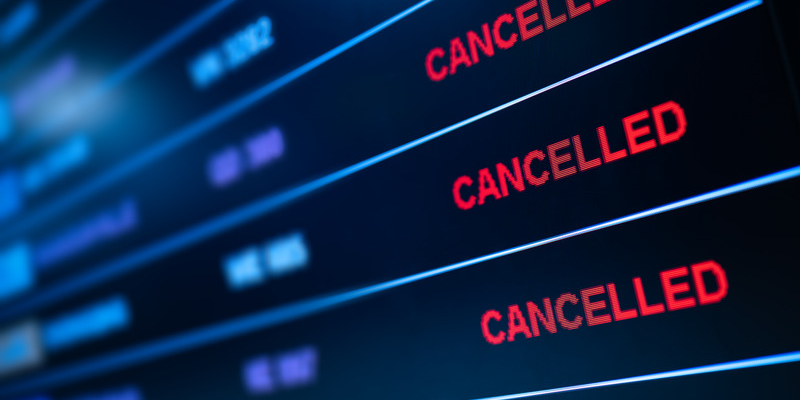The Lunar New Year is a time for celebration and reflection. This is a time for families to get together, celebrate the past year, and make plans for the coming year. It’s time to start planning your celebrations! Here are some tips on how to make your Lunar New Year festivities extra special.
Set Goals for the Year Ahead
Before you can celebrate the new year, take some time to reflect on what you accomplished in the previous year and set goals for yourself for the new year. It could be something small like taking a walk each morning or something bigger like traveling around the world. Whatever it is, try to make it achievable so that you feel motivated throughout the year to accomplish your goals.
Create a “New Year” Playlist
Music has a way of setting the mood for any occasion, so why not create a playlist specifically for celebrating the Lunar New Year? Fill your playlist with upbeat music from different cultures that represent all of your friends and family members who are celebrating with you. This will help keep everyone in good spirits throughout the day!
Gather Your Friends & Family
The Lunar New Year is all about coming together with family and friends, so plan something special that everyone can enjoy together. You could throw a dinner party or plan an outing to somewhere fun like an amusement park or beach. Just remember that whatever activity you choose should involve quality time with those closest to you!
No matter how you choose to celebrate the Lunar New Year in 2023, just remember that it’s all about being with those who mean most to you and looking ahead towards what’s possible over the next 12 months. By setting meaningful goals for yourself, creating a festive playlist, and gathering your friends & family together – there’s no better way to ring in this special holiday! Happy Lunar New Year!

